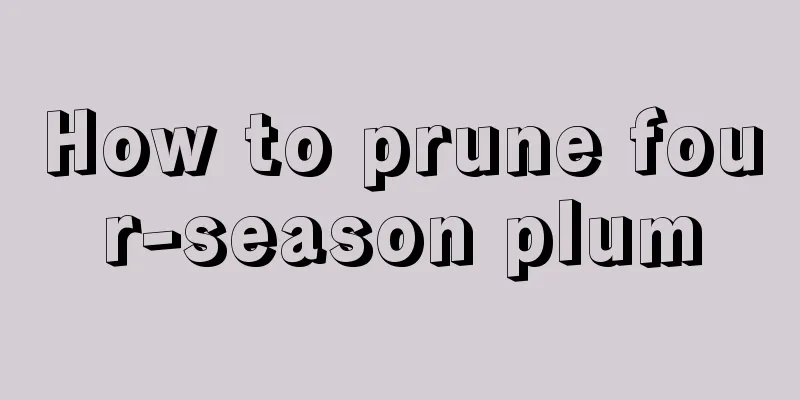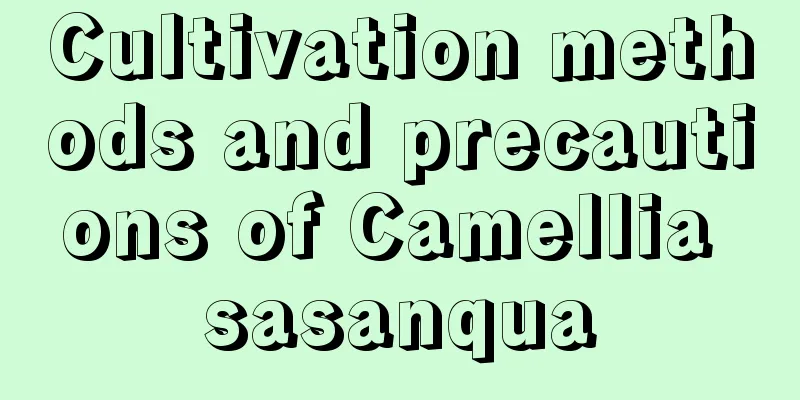High-yield planting technology of pumpkin

|
Pumpkin is widely used and extremely popular in the market. Therefore, when farmers want to obtain higher profits when growing pumpkin, ensuring the yield is a crucial prerequisite. Let’s learn some high-yield pumpkin planting techniques together. 1. Choose the variety There are many varieties of pumpkins , including early, mid-ripening and late-ripening varieties, as well as long, round, large and small pumpkins. Before planting, farmers need to choose suitable pumpkin varieties based on local climatic conditions and personal needs. 2. Planting Pumpkins are not very demanding on soil and can grow in both poor and fertile soils. After selecting a good location, first apply sufficient base fertilizer and prepare the land. The base fertilizer can be fully decomposed farmyard manure or compound fertilizer . Pumpkins are usually grown on the ground with row spacing of 2-3 meters, plant spacing of 50-70 centimeters, and 2-3 seeds sown in each hole. After the seeds germinate, they should be transplanted in time. 3. Field management Watering is required before planting, and no watering is needed after emergence if the soil is not dry. When the pumpkin vines are extending, irrigation can be combined with topdressing. Pumpkin does not require much water and fertilizer, and basically no additional fertilizer is needed throughout the year. Watering should be based on the water shortage in the soil, and avoid excessive watering to avoid affecting the taste. During the planting process, 2-3 inter-row weeding should be carried out to reduce weed competition and promote root development. 4. Pruning, vine pressing and pollination To improve yield and quality, pruning, vine pressing and pollination are required. Pinch off the pumpkin when it grows 6-8 true leaves, and keep 3-4 side branches on each plant. After the small pumpkins grow out, remove the vine core in time to ensure the growth of the pumpkins. Pumpkin is monoecious. To increase the fruit setting rate, artificial pollination can be carried out when the female flowers are in bloom. Pollination is best completed before 9 am. 5. Pest and disease control The main diseases and pests of pumpkin include aphids, melon beetles, powdery mildew and charcoal maggot disease. During the planting process, attention should be paid to drainage and pruning to enhance resistance to diseases and pests. During the peak period of pests and diseases, pesticides and fungicides can be sprayed in advance. When pests and diseases first occur, spray pesticides in time to prevent the spread of pathogens. The above is an introduction to the key points of high-yield pumpkin cultivation. As long as you master some important links in pumpkin cultivation , it is relatively simple to achieve high yields.
|
<<: The best time to fertilize crabapples, what to do if you fertilize too much
>>: Does the crabapple tree need watering in summer? How often should it be watered in winter?
Recommend
How to apply fertilizer to make potato fruits expand quickly (what fertilizer to apply during the potato expansion period)
Potatoes are the fourth largest crop in the world...
Passion fruit benefits and contraindications
1. Efficacy 1. Promote digestion. Passion fruit c...
How to grow cucumbers to achieve high yield?
Cucumber is famous for its crisp and tender flesh...
Common problems and solutions for rainbow jade maintenance
Rainbow Jade's Lean Growth and Its Solution D...
How to fertilize rueba
How to fertilize the rue Adequate nutrients Befor...
How many days does buckwheat grow in total?
Buckwheat is usually sown in spring from March to...
What fruit tree seedlings are suitable for planting in summer? Fruits that are easy to survive in summer
Summer is the hottest season of the year. The tem...
What are the five grains? What do rice, millet, sorghum, wheat and beans refer to?
1. What is The five grains are wheat, rice, soybe...
Reasons and solutions for pear trees not blooming
As one of the common fruit trees, the flowering a...
Do cherry trees like water or drought?
Do cherry trees prefer moisture or drought? The c...
How to grow water lilies? Can they be grown in water?
1. How to plant 1. Time selection: There is no li...
How to propagate lavender? How many plants can be planted in one pot?
1. Seed propagation 1. Sowing time: Lavender is g...
How to reproduce Impatiens and how to deal with seeds
1. Seed propagation 1. Sowing time: As long as th...
How to avoid "dumb flowers" in daffodils
How to avoid "dumb flowers" in daffodil...
How to water cymbidium
1. First of all, you need to choose a clay flower...









